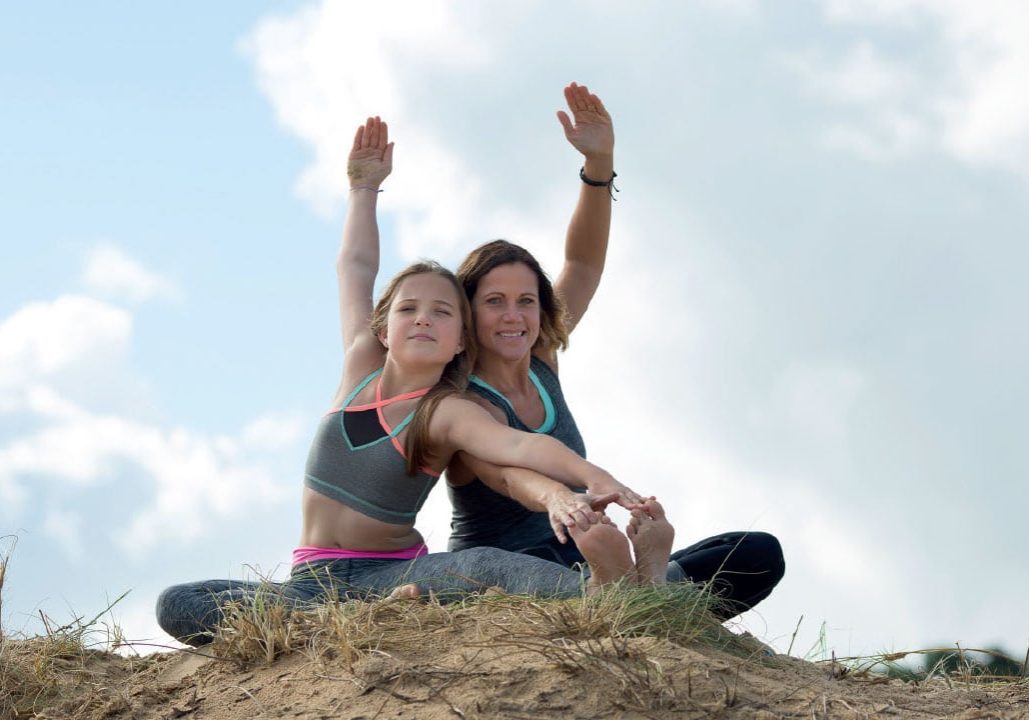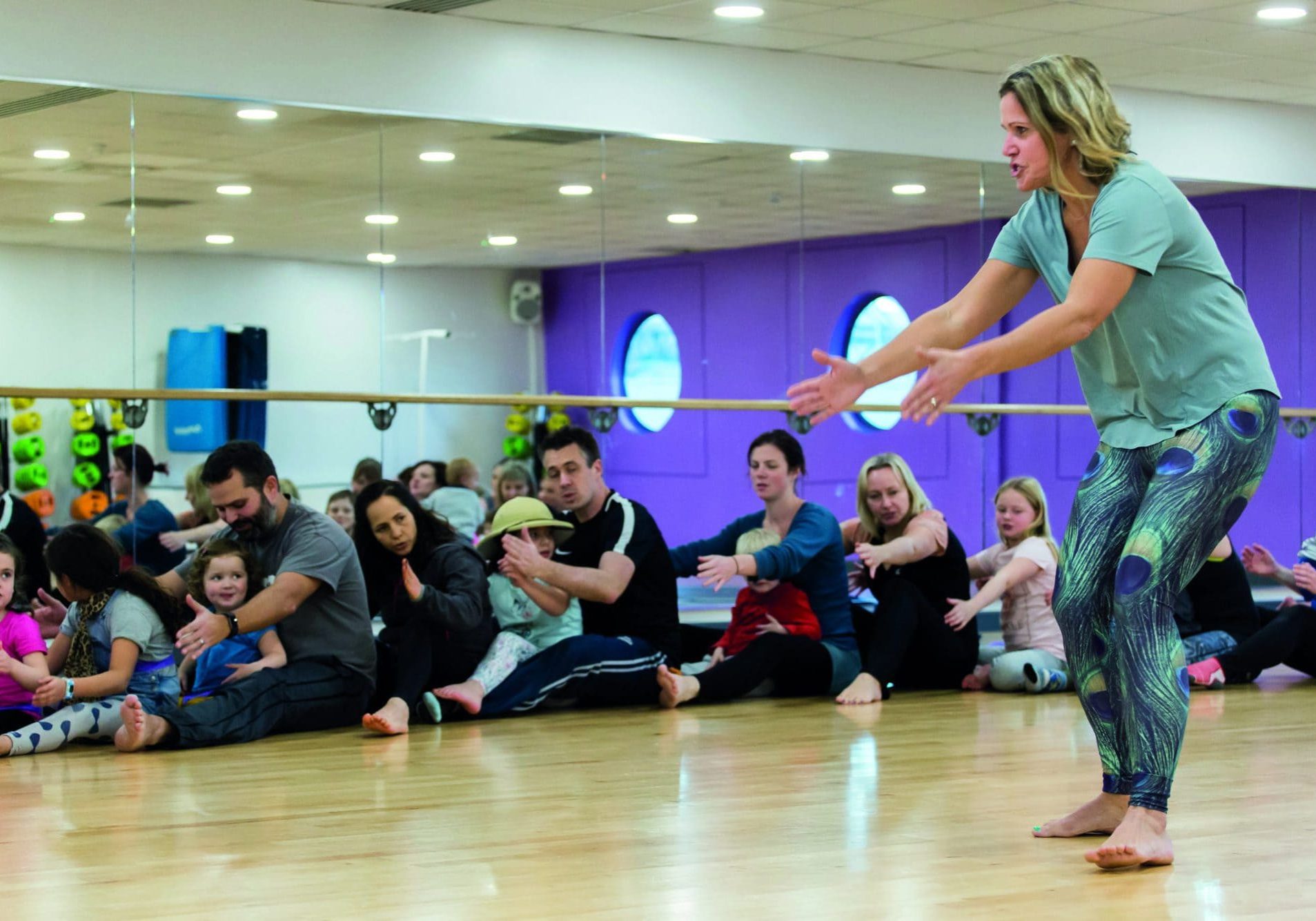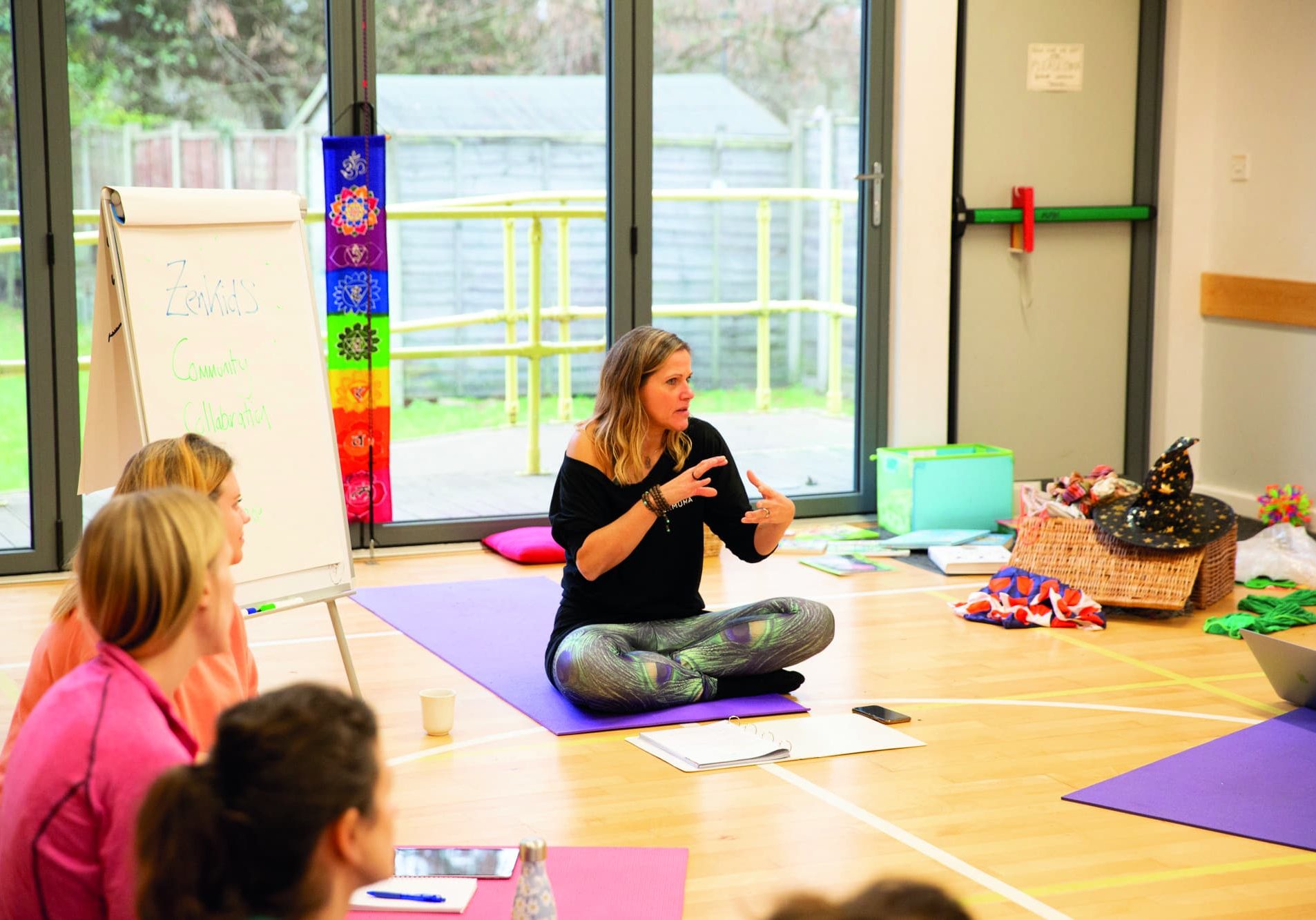
Finding your inner voice
Developing your own personal teaching style: how to find your inner voice
How do you develop your own personal teaching style and find your inner voice? Start with: how did you get here? What was it that motivated you to book that training course?
People love yoga for many different reasons. For some, it’s all about physical training; for others, the mental training. Some people love travelling outside their comfort zone, others love to practice restorative self-care. There are individuals who live for perfecting asana; there are those embarked on a deep, spiritual exploration. Of course, I bet most of us reading this are thinking ALL the things! That’s the beauty of yoga, the fullness of it.
But, when you are communicating to others, in all your ‘you-ness’, what you teach and how you like to teach it, you can’t just say ALL the things! You need some focus, some direction, some ‘this is the kind of teacher I am, and this is what I teach’.
The fun of this is when you start voicing the individual you, you will begin to gather the natural attraction of your personal tribe. This is what makes teaching thoroughly rewarding and enjoyable, a whole bunch of people on the same page, ready and willing to love the same yoga, together!
When we can be one-focused on understanding our aim, our mission and our authenticity in teaching yoga, that’s when it all begins to flow.
Here are a few steps to help you find your inner voice and truly be the teacher you want to embody.
Step 1 - Workshop it
This is a very simple, but very effective, exercise.
Get yourself a little pack of post-it notes. On individual post-it notes, one note to one word, write:
▪ Up to 5 things, on separate notes, that make you really happy. Example: yoga, travel, festivals etc
▪ Up to 5 things that really interest you. Be as general or specific as you like. Example: music, philosophy, pranayama etc
▪ Up to 5 ways people would describe you. Example: caring, compassionate, good energy etc
▪ Up to 5 specific aspects of yoga you love the most. Example: meditation, koshas, vinyasa etc.
▪ Up to 5 groups of people you would most like to work with. Example: pregnancy, post[1]cancer, beginner yogis. Pop all your words up on the wall in front of you – wonder at it – what a beautiful representation of you and your voice! Now. Be brave and see if you can reduce the amount of words. In particular, see if you can get the ‘groups of people’ down to just one or two.
This is what people in the corporate world call ‘Personality Branding’, and it’s the big news marketing baby on the block. But don’t let this put you off! Corporate sales are just catching up with what yoga already knows, it’s our true authentic voice that matters, or what we might call our Sankalpa, or our Dharma. Marketing has noticed that those who are most successful, are those who are being true to themselves, working within their peaceful state of meaning, rather than trying to be, or sell, something that they are not.
So, let’s come back to your map of yourself that you are gazing g at on the wall, your array of post-its...


Step 2 - Now it’s time to meditate
You can lead yourself into a personal visualisation of tending to all these attributes in a beautiful garden, or popping them all into a brimming, full, water well.
You could enjoy a fire elemental yoga practice to alchemise your heat, your prana, and pop all the attributes into your fire to give them the energy they deserve.
Soon, without trying, the visualisation will speak your inner voice, your only intention now is to witness it and serve it.
Step 3 - And so to joyful expression
To serve our authentic inner voice we can then use the modern messaging vehicles if we wish…websites, blogs, social media. Now it should become easy, creative, and enjoyable as you are expressing yourself, who you are, and who and what you want to teach. The play here is to make sure you don’t deviate too far from your sunny path. Occasionally, we will get drawn over here, interested over there. Use this in the same way you do your thoughts in meditation, notice… then come back to the sunny path. Enjoy your expression, play creatively, but do stay focused.
Step 4 – Your voice and its authentic content
So now we know our expression we come to the actual content. This will be led by your voice.
If you want to support pregnant women, for example, it may be a series of pregnancy yoga then baby yoga classes over a space of perhaps two years. The work next is putting your passion and your knowledge into lesson themes and plans, in a way that your antenatal women will find inspirational.
If you want to support post-cancer patients perhaps it is a series of private sessions in their home, with the content focused on a short daily practice that they can use as healing.
If it’s beginner yogis then perhaps the way to really inspire them, and kick-start their yoga passion, is to offer them a weekend retreat where they can experience a level of transformation.
Here the voice, and the content, will dictate the vehicle needed.
When I am lesson planning first comes the research, the referencing, the knowledge, the intellect. The energy is a very physical, pranic and mental energy. Being held by these koshas I can map out and plan, whilst content shape shifts and moves around, until I have a personal feeling of satisfaction.
Step 5 – Moving into your deeper voice
Then, I hand it over to yoga and the wisdom. The recognition that this isn’t really my voice after all, it’s just an expression of the deeper universal voice which is the divinity of yoga. Before I teach a retreat, I usually enter a period of deep meditation myself, a few days if I can. I need to let go of the domesticity, the manomaya chat, the everyday pushes and pulls, and become a steady holder of deeper truth. Simply a vessel, a channel for yoga teaching. As I write this, I feel the familiar warmth in my heart of what I am. The oneness of it all. There becomes a bliss-like state that holds me and my students in the beautiful sharing of truth.
So, what to remember? Just teach what you are. Yoke the two together, it’s as simple as that. The So Hum meditation, “I Am That’, will guide you every step of the way. Just tune into your yoga practice, and your inner voice will become crystal clear.
Jackie Heffer-Cooke is a senior yoga teacher and runs a successful training centre in specialised pregnancy, baby and children’s yoga called zenmuma.co.uk @Jackie.freedomseekers. She also holds retreats around the world with Freedom Yoga and Retreats and teaches the Freedom Yoga TT 200 with her friend and guru Swami Atma Gyanam Saraswati. Get in touch: hello@zenmuma.co.




